Advertisement
Machine Learning is no longer a fantasy concept; now its applications are everywhere. Machine learning is changing all industries across every field, creating new job opportunities and changing the way we interact with technology. From customized Netflix shows to your bank's fraud detection cases, machine learning is quietly working behind the scenes in all these.
This article will help you with everything you need to know about machine learning. I will explain what ML is, its importance, how it works, and explore its real-world applications. At the end of this article, you'll have a clear roadmap for how to start your own journey into ML.
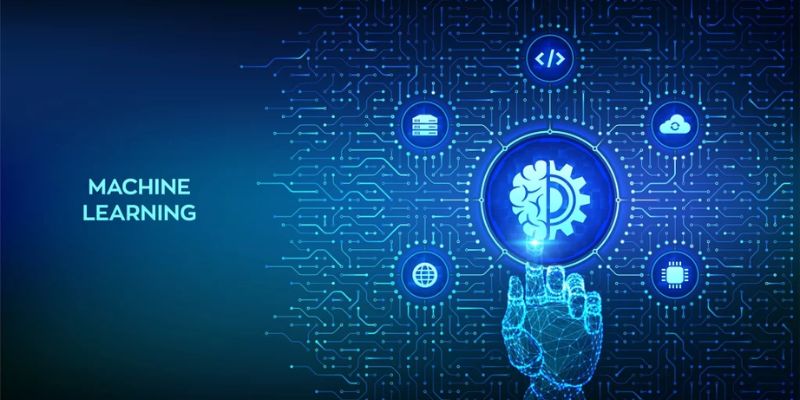
ML is a special branch of Artificial Intelligence and Computer Science. It can be defined as "the set of AI that improves the development of computer algorithms with the use of data." In other words, the algorithms follow the way humans learn. ML systems work by analyzing large volumes of data in a matter of seconds. From this analysis, they identify patterns and make predictions or decisions without being specifically programmed. A helpful example of this topic is teaching a child to recognize a computer system.
Instead of giving those lots of lessons on it, telling about its use and features, provide your own simple word definition like "A Computer is an electronic device that eases complex work within seconds." Over time, they begin to understand the details, such as the usage and features of the computer system, and can recognize one they have never seen before. Similarly, machine learning (ML) creates its own understanding from a large dataset. It learns patterns much like humans do, adapting knowledge from experience rather than following fixed instructions.
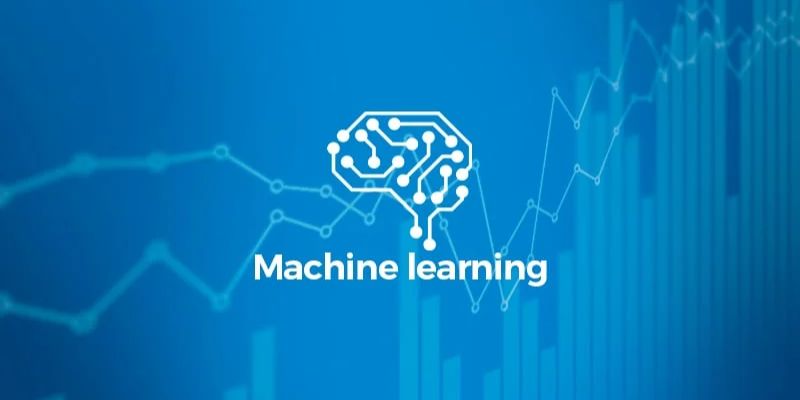
Machine learning is one of the most in-demand technologies in the digital world, which is used to shape how we live and work. Businesses utilize it to achieve a competitive edge by understanding customer behavior and developing innovative products. For individuals, ML drives the personalized experiences we now take for granted. I am giving it details:
The process of machine learning consists of several essential steps.
Machine learning is generally categorized into three main types based on their learning approach:
In supervised learning, the model learns from data that is already classified. Each piece of data has a known outcome or "tag," such as an email is tagged as either spam or not spam. This category task involves learning the relationship between the input data and the output label, enabling it to predict labels for new, unlabeled data. It's the most common type of ML and is used for tasks like image classification and sales forecasting.
With unsupervised learning, the model works with unlabeled data only, which is not classified. It helps to discover hidden structures within the data independently, without any unpredictable outcomes. A typical application is customer segmentation, also known as market segmentation, where a business uses this approach to group customers with similar preferences and purchasing habits.
The demand for ML professionals is increasing day by day. By 2025, many roles will be offered for organizations:
Below is a step-by-step process to get started on your machine learning journey.
Machine learning is more than just a field of AI. Actually, it's the easiest way to solve problems with technology. It offers challenging and rewarding career opportunities to make a significant impact on your brilliant future. By building a strong understanding of math and programming languages used in exploring key concepts through online courses and applying your knowledge to practical projects, you can envision yourself achieving future goals in this dynamic field. Keep learning ML.
Advertisement

Learn how to boost sales with Generative AI. Learn tools, training, and strategies to personalize outreach and close deals faster
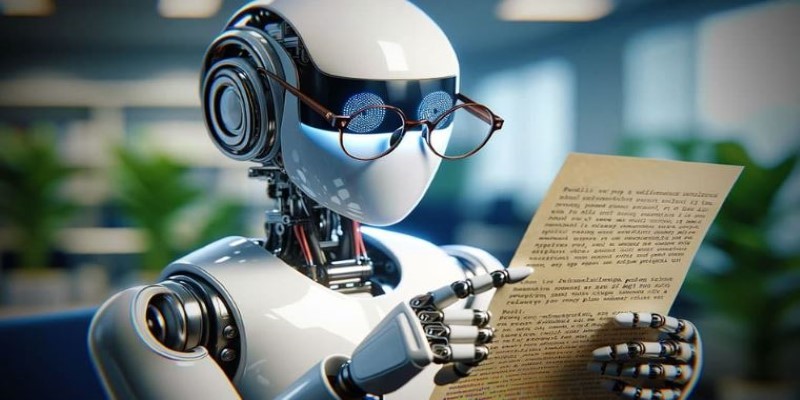
Can ChatGPT be used as a proofreader for your daily writing tasks? This guide explores its strengths, accuracy, and how it compares to traditional AI grammar checker tools
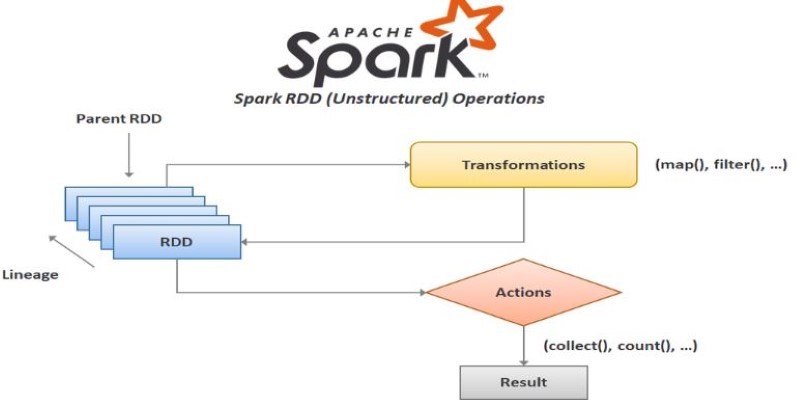
How to create RDD in Apache Spark using PySpark with clear, step-by-step instructions. This guide explains different methods to build RDDs and process distributed data efficiently
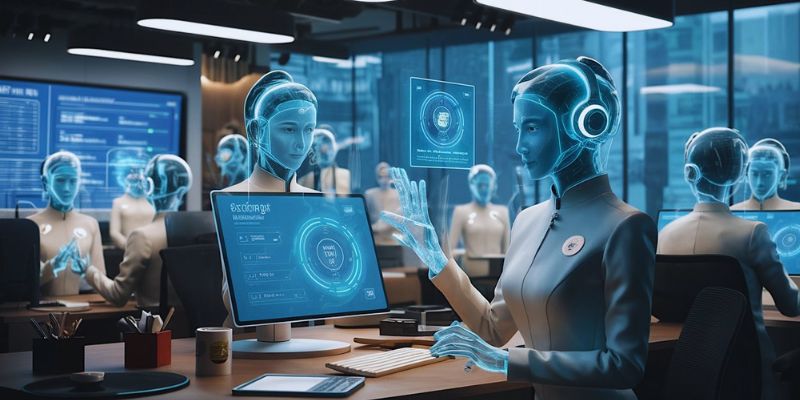
Discover how AI reshapes contact centers through automation, omnichannel support, and real-time analytics for better experiences

Discover the best Business Intelligence tools to use in 2025 for smarter insights and faster decision-making. Explore features, ease of use, and real-time data solutions

How the AI-driven wireless tree network transforms wildfire defense by connecting forests with sensors and artificial intelligence to detect and predict fires in real time

Can AI actually make doctors’ jobs easier? Microsoft just launched its first AI assistant for health care workers—and it's changing the way hospitals function

Discover powerful yet lesser-known ChatGPT prompts and commands that top professionals use to save time, boost productivity, and deliver expert results
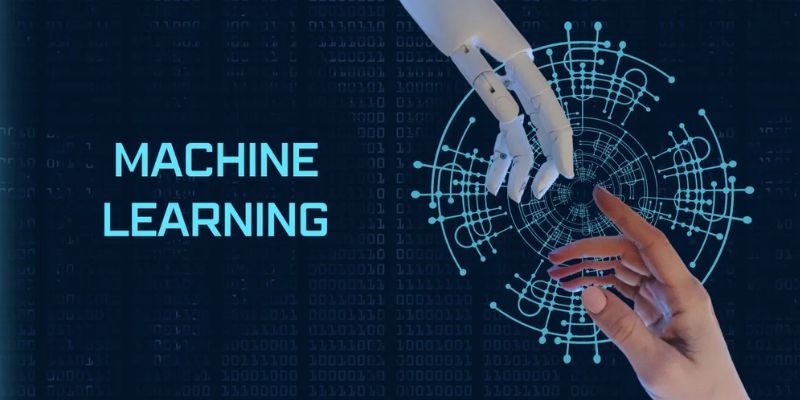
Understand what machine learning (ML) is, its major types, why it is so important, how it works, and more in detail here
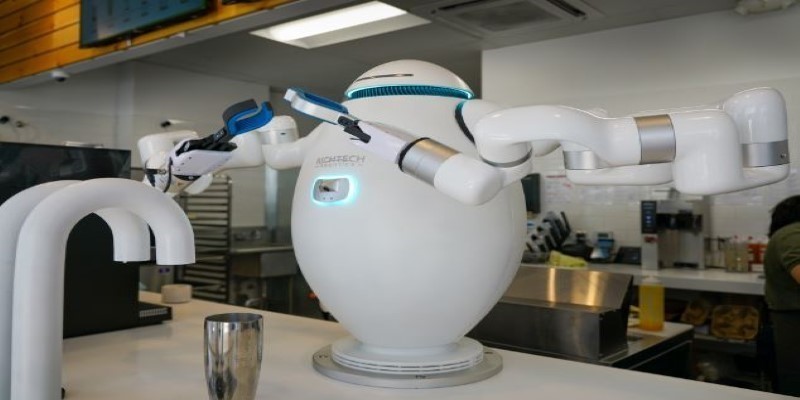
A Nvidia AI-powered humanoid robot is now serving coffee to visitors in Las Vegas, blending advanced robotics with natural human interaction in a café setting
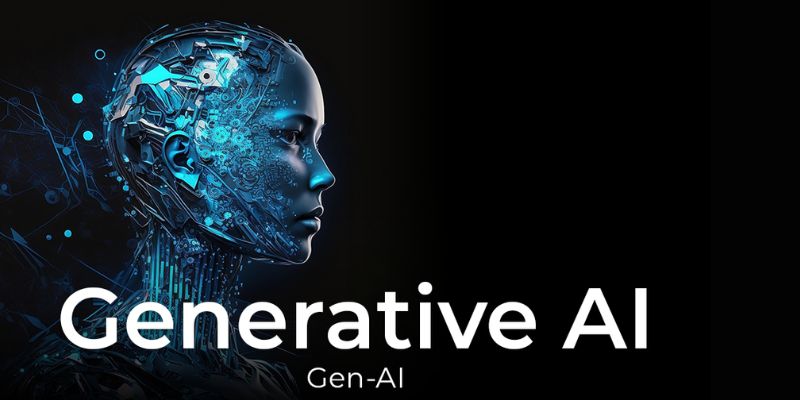
Explore how generative AI in financial services and other sectors drives growth, efficiency, and smarter decisions worldwide

How Toyota is developing AI-powered smart factory tools in partnership with technology leaders to transform production efficiency, quality, and sustainability across its plants